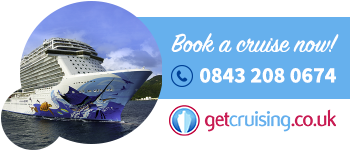Hi Ross J
Have reieved a letter yesterday that our flights times have changed from EMA to Rhodes.
Really looking forward to our hols and seeing our friends but not looking forward to the flight.
It made me feel ill all day as I knew the flight was going to happen, I know it sounds silly but if I don't think about I feel OK.
I also hate take off but love the landing, probably because we are down safe.
We had a terrible flight last October to Rhodes, we flew through a storm (I think).
I thought I was going to die. It was also the first time I had left my son at home and gone on holiday without him, so I don't think that helped.
We are flying this year with British Midland (according to our flight numbers) but something concerns me.
Why is the outboud flight 4hours 5 Mins but the return flight is 4hours 30 mins.
We had to stop to refuel in Italy when returning from Kefalonia. We flew with Island Flug from EMA, but the fear of taking off was twice as bad.
I am so scared I went to the docs in October to get tablets but they didn't seem to work.
I know you and your fellow pilot's wouldn't take a plane up if you thought it would be unsafe, but in the back of my mind I hate all the noises and movements.
I make myself do it every year sometimes twice but as I get older the worse I seem to be.
Regards
Sarah





 but your posts are fascinating. I mean how many of us humble holiday makers actually get to 'speak' with a real life Airline Pilot? I kn ow it used to be when Cockpit Visits were allowed, but obviously they are a thing of the past now following 9/11.
but your posts are fascinating. I mean how many of us humble holiday makers actually get to 'speak' with a real life Airline Pilot? I kn ow it used to be when Cockpit Visits were allowed, but obviously they are a thing of the past now following 9/11.





